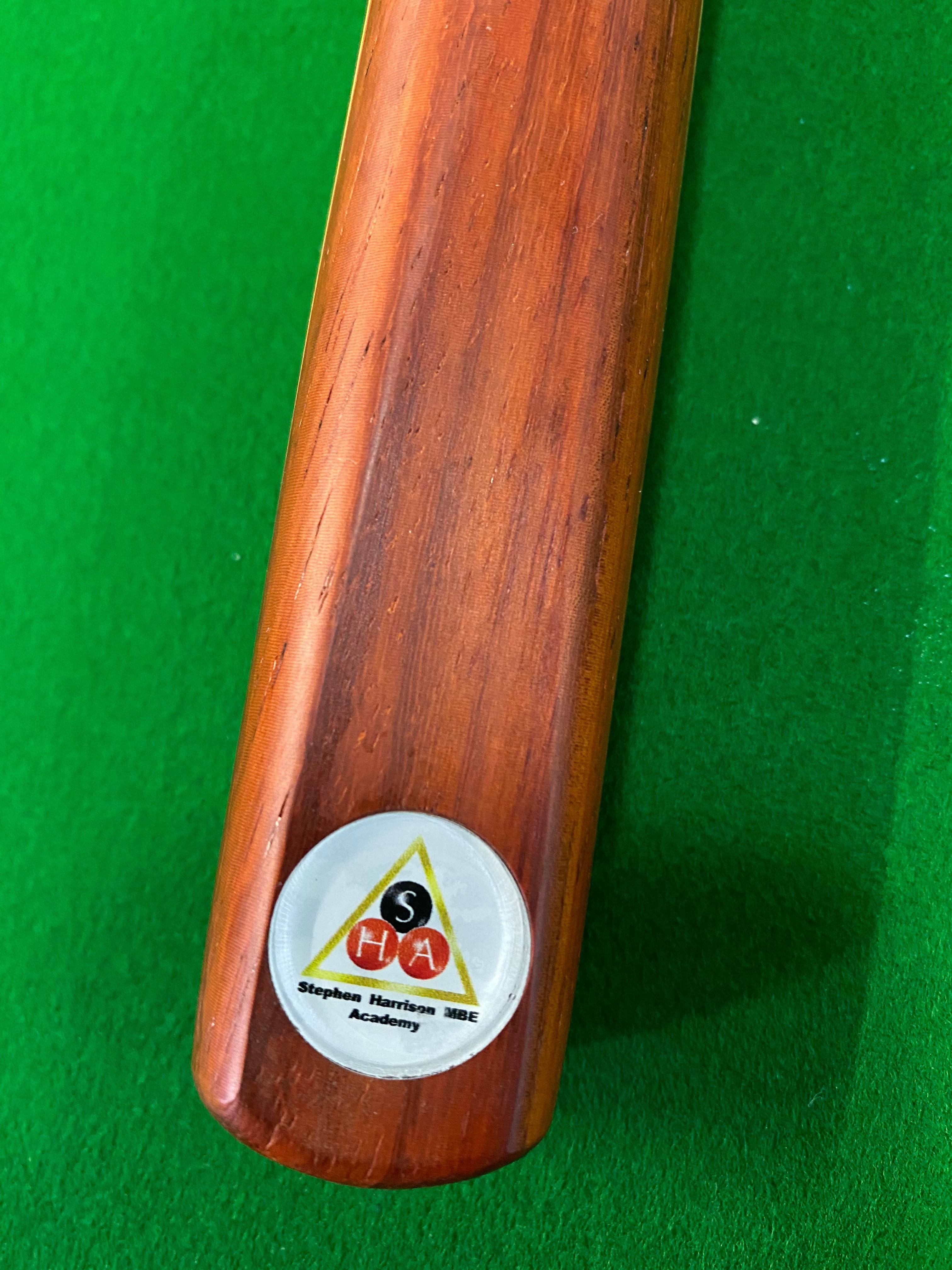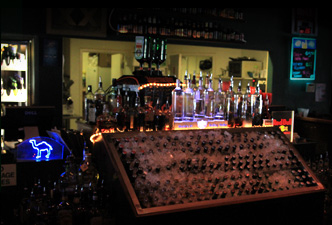
You can find snooker balls made from many different materials. These balls are smaller than traditional pool balls and come in a wide range of colors. These balls use lighter tips and smaller cues. You can use the same cue regardless of how big the table is or what the rules are. These are some considerations if you own a table and wish to play snooker.
Snooker pool balls are available in many colors
There are many differences in the colors of snooker pool balls. While some are neutral and complement one another, others are more striking. Blue and yellow pool ball colors complement one another, for instance. Other pool balls are made to create a unique look at your table. Sets of granite or ultraviolet pool balls can be added to the table to give it a classy look.
The majority of pool balls are solid-red, but snooker uses a variety. These can come in different colors such as blue, yellow, green and brown. The cueball's colour is white. You can also find striped balls.
Materials used to make snooker ball pool balls
Snooker balls can be made from many different materials. Originally, they were made of wood, which was cheap and easily available everywhere. However, the material was not long-lasting and easily changed shape. There were many other materials that could be used in place of wood. In the nineteenth century, ivory was used to create the ball. The ivory balls were expensive and could only ever be used four times per elephant.

Over the centuries, the materials used for making snooker pool balls have changed. It was an inexpensive material to work with and was therefore the first material to be used. As time passed, Europeans began to experiment with other materials. Pool balls were first made from elephant tusks in the seventeenth century.
Dimensions of a snooker table
Snooker tables are larger than pool tables and have more features and accessories. Players must be able to control the ball and the playing surface must be smooth. A cloth can be made out of nylon or wool to make the playing surface. These materials are more expensive than others, but can last for years. It is important to consider the size of the table as well as the materials it was made from when selecting the best table for your home.
There are three main sizes for snooker tables. WPA standard tables have wide pockets with angular edges. WEPF tables have narrower pockets. WPA tables have pockets two to three times larger than standard snooker balls. The WEPF table uses balls measuring two to two+1/4 inches (51 to 54 mm), while the WPA table uses smaller balls.
Rules for snooker pools games
There are many rules in snooker. The primary goal of snooker pool is to score higher points than your opponent. You can accomplish this by fouling or potting a ball. To determine who wins the game, flip a coin. Each player sets their cueball wherever the D shapes allow. The goal of the game is for the red ball to be placed in the pocket.
Foul play will be declared if the cueball touches another ball. If the cueball touches another ball, the player must immediately move away from the ball. This applies even if the other player has nominated the ball.

Available snooker ball balls
Snooker uses snooker pools balls. Each snooker ball set has twenty-two balls, including a rack of fifteen red balls, six red balls placed at predetermined spots, and a white cue ball. Many balls have a number to indicate their point values. There are two main styles in snooker: the English and Aramith.
Snooker pool balls are available in a variety of materials. Because wood was relatively cheap to produce, the earliest ball designs were made from it. However, as Europeans developed a taste for more exotic materials, they began to use ivory. By the 17th century, ivory became the preferred material for pool balls. However, over time, the tusks of elephants were becoming endangered. Manufacturers sought out other options.